Records for Life: Global Finalist, Bill and Melinda Gates Foundation
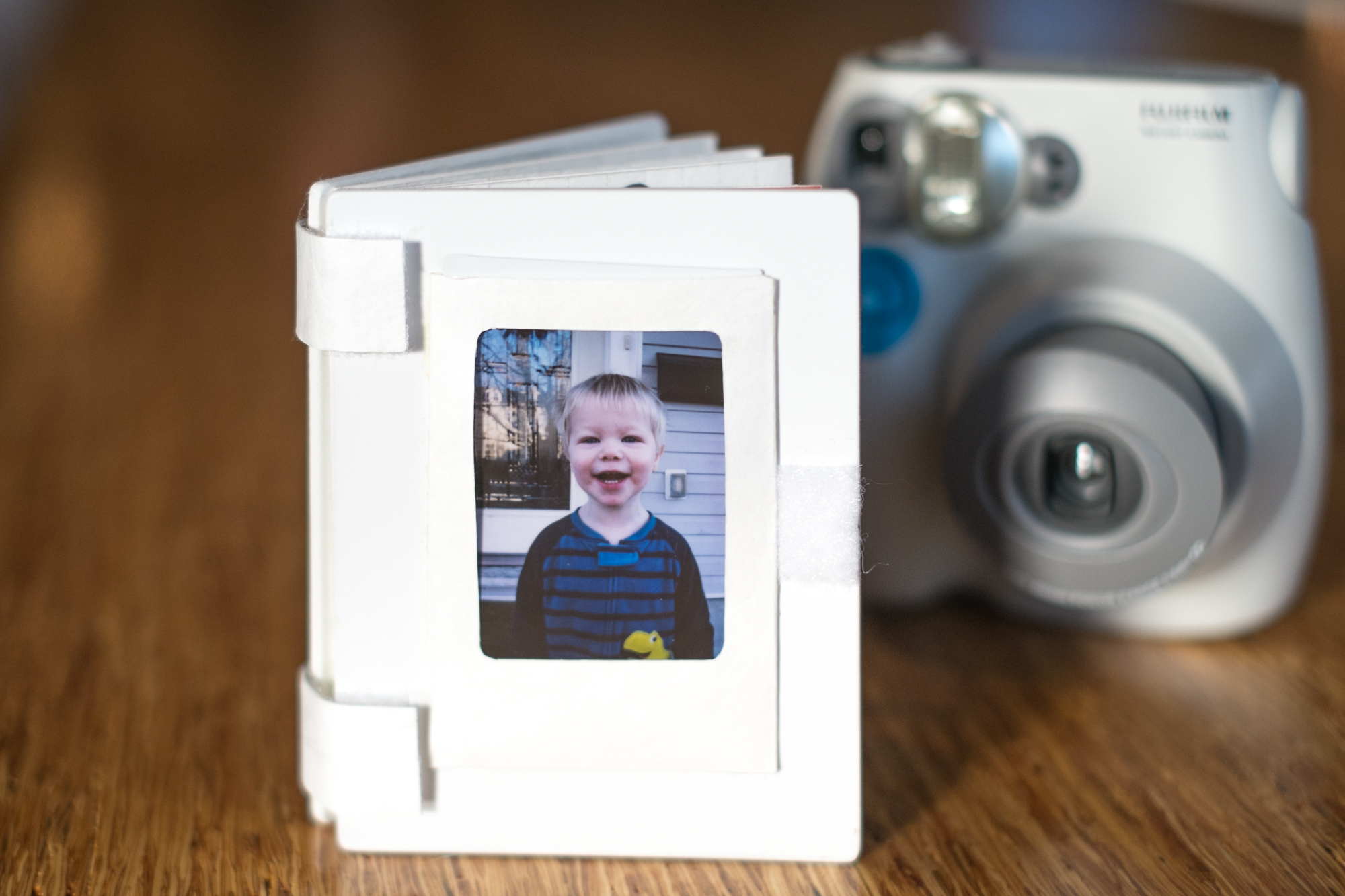

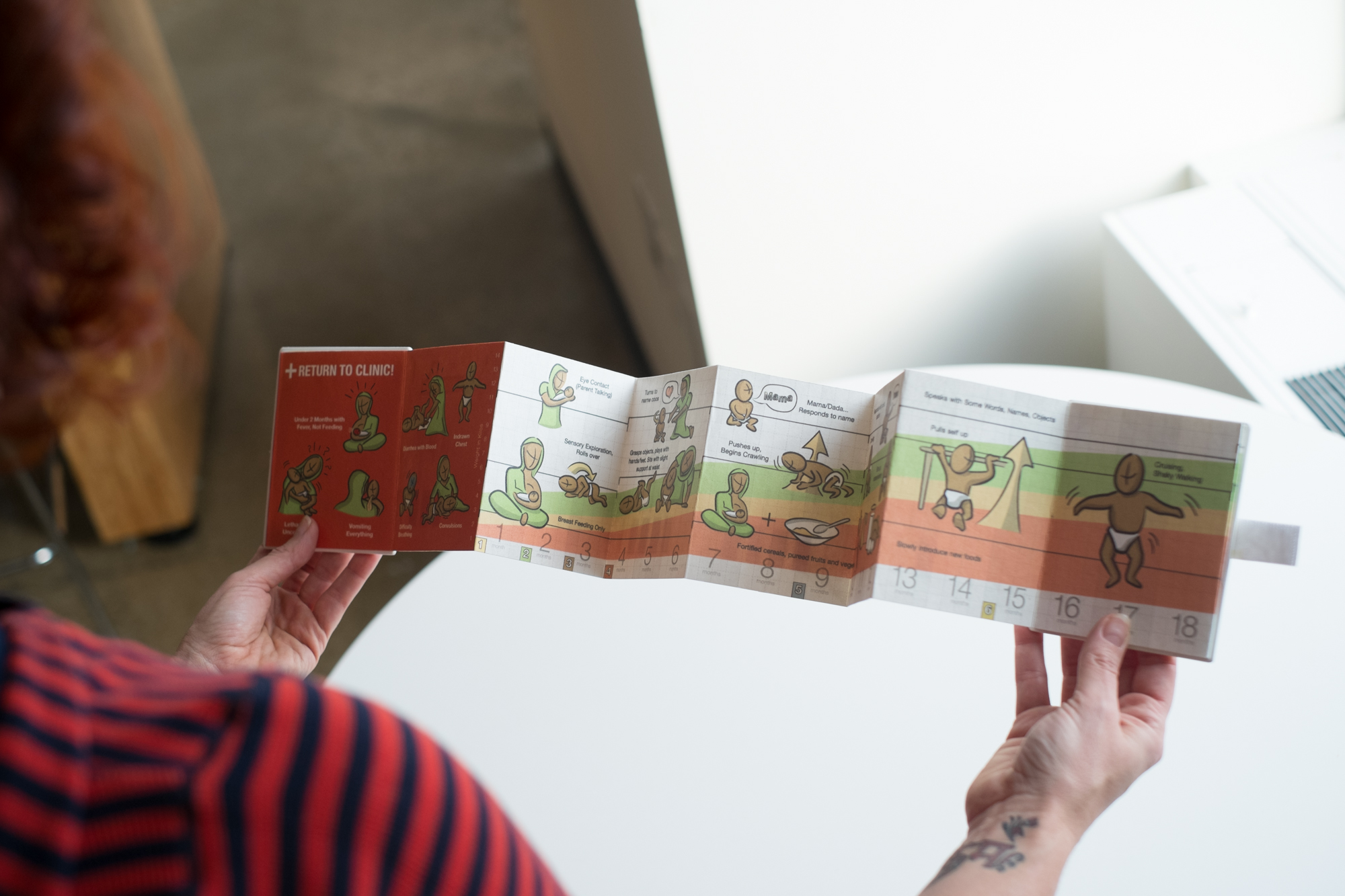

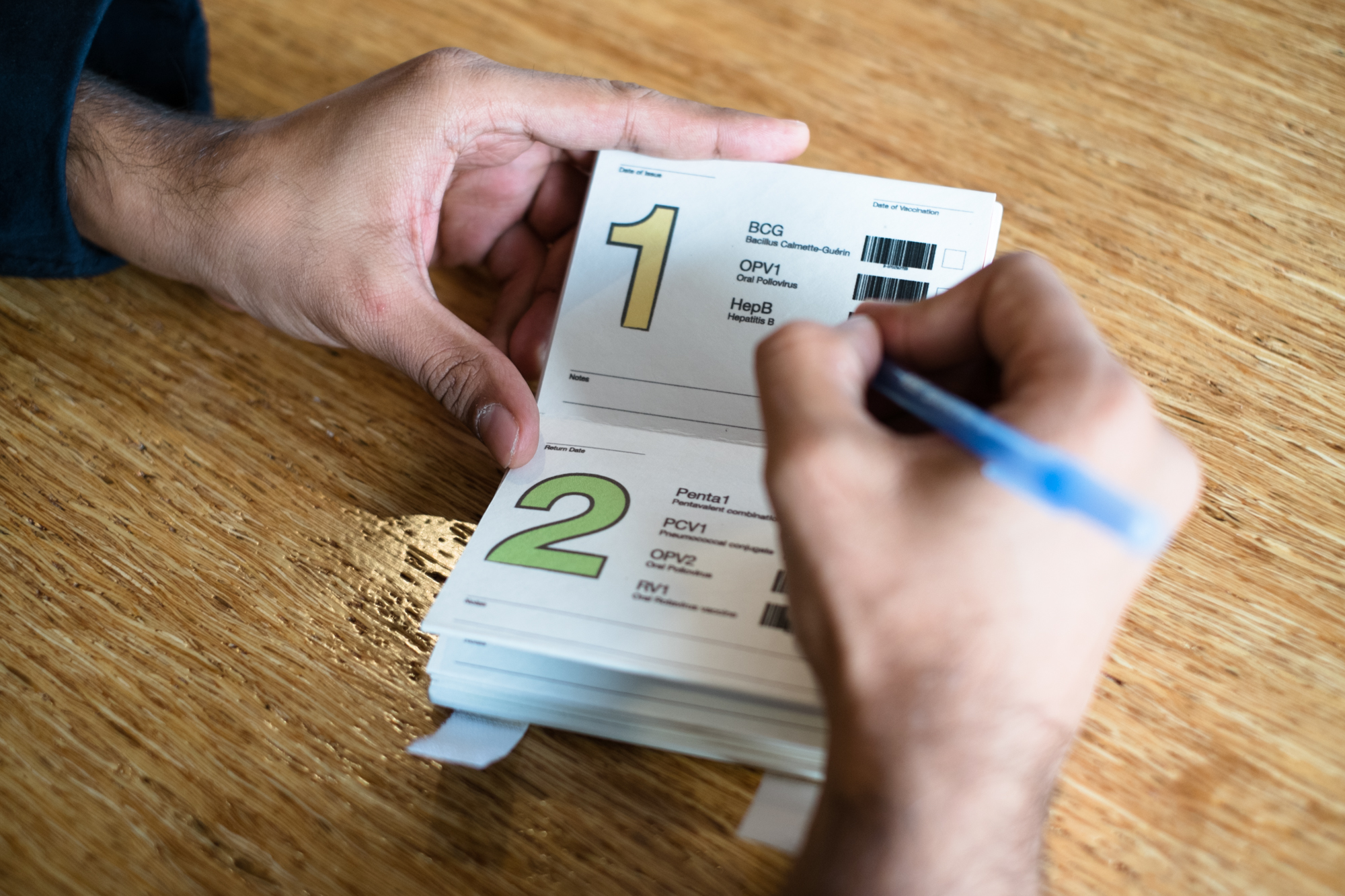

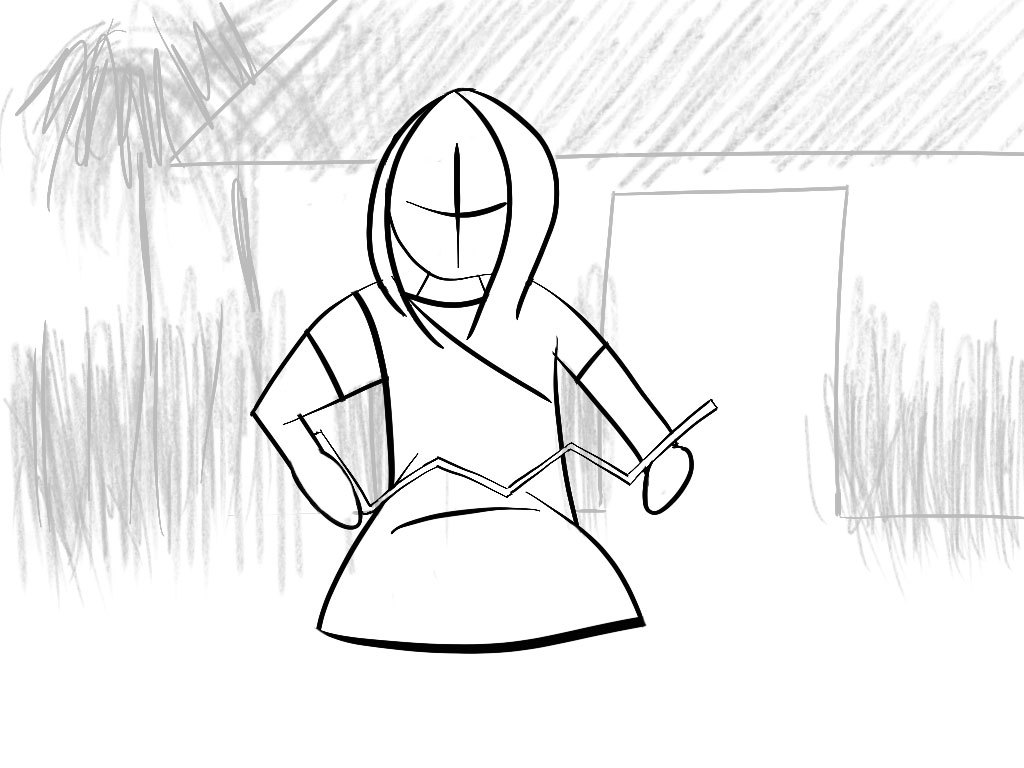

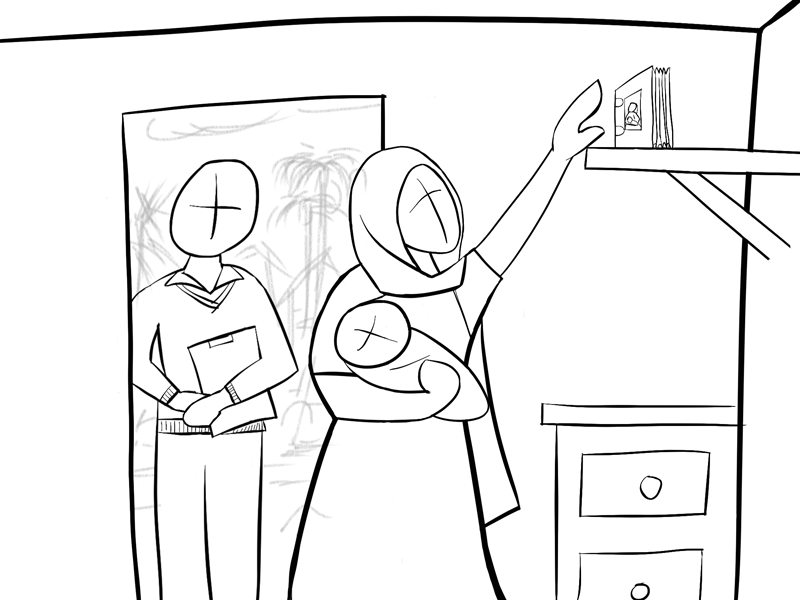


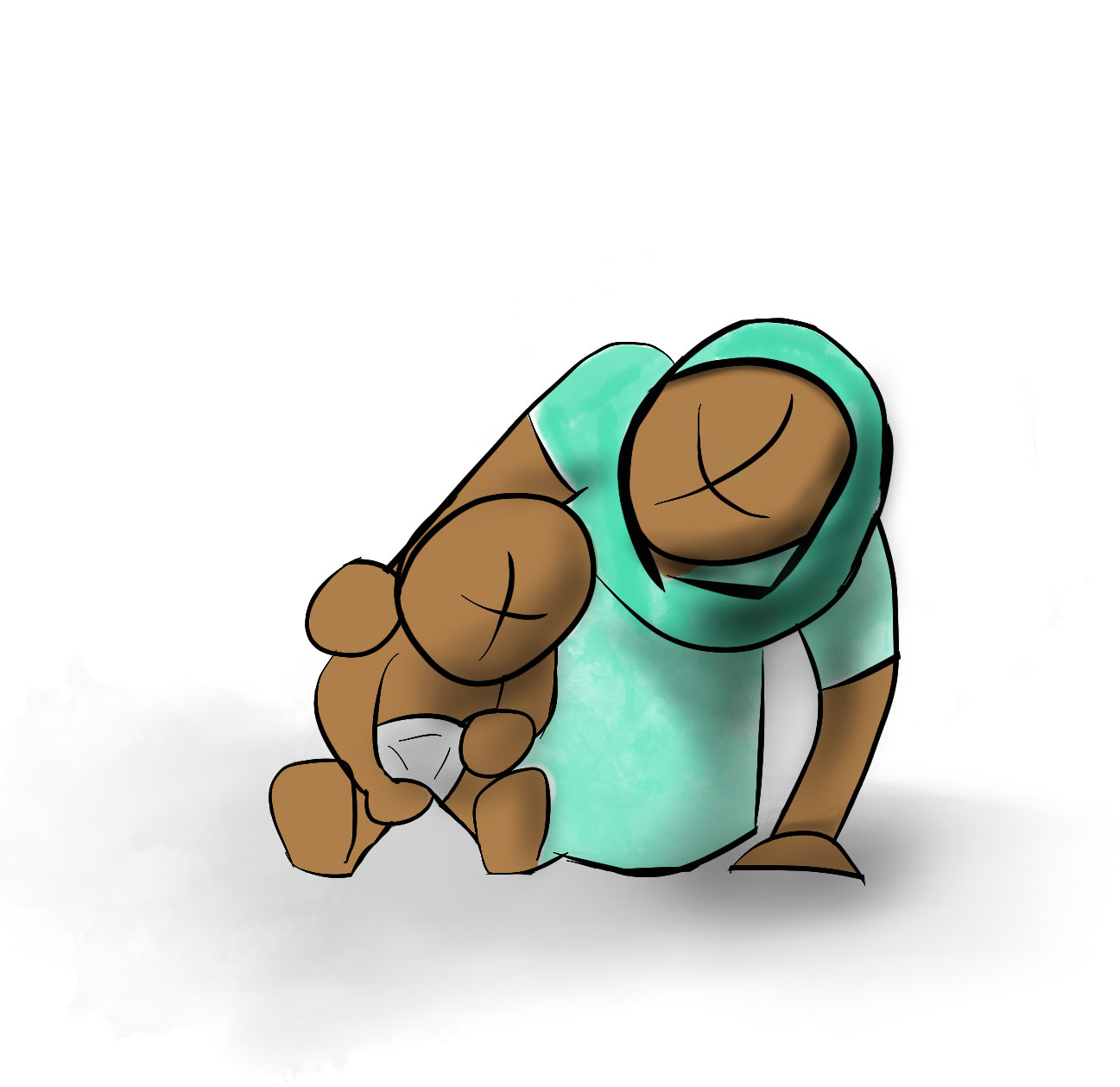

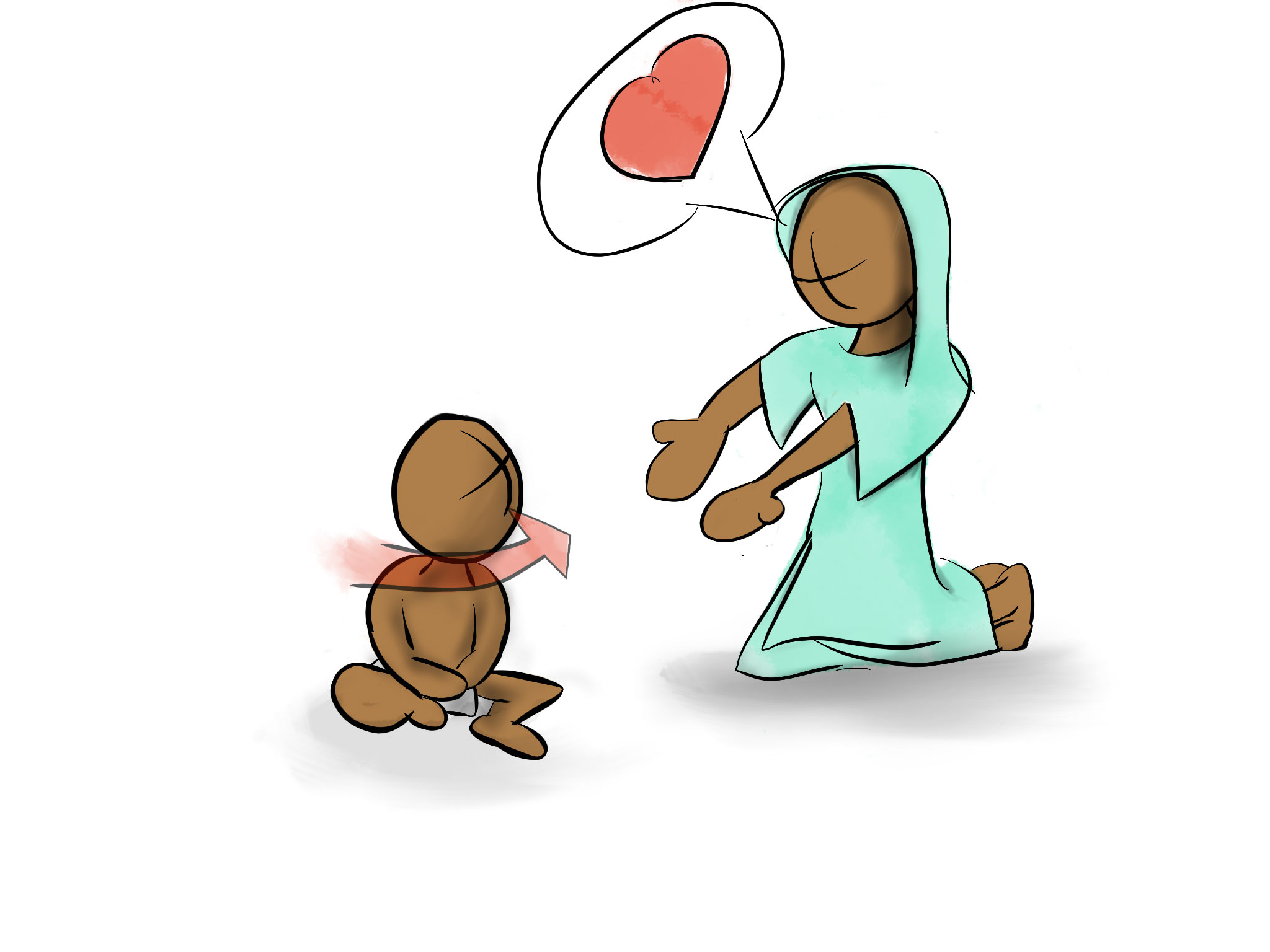
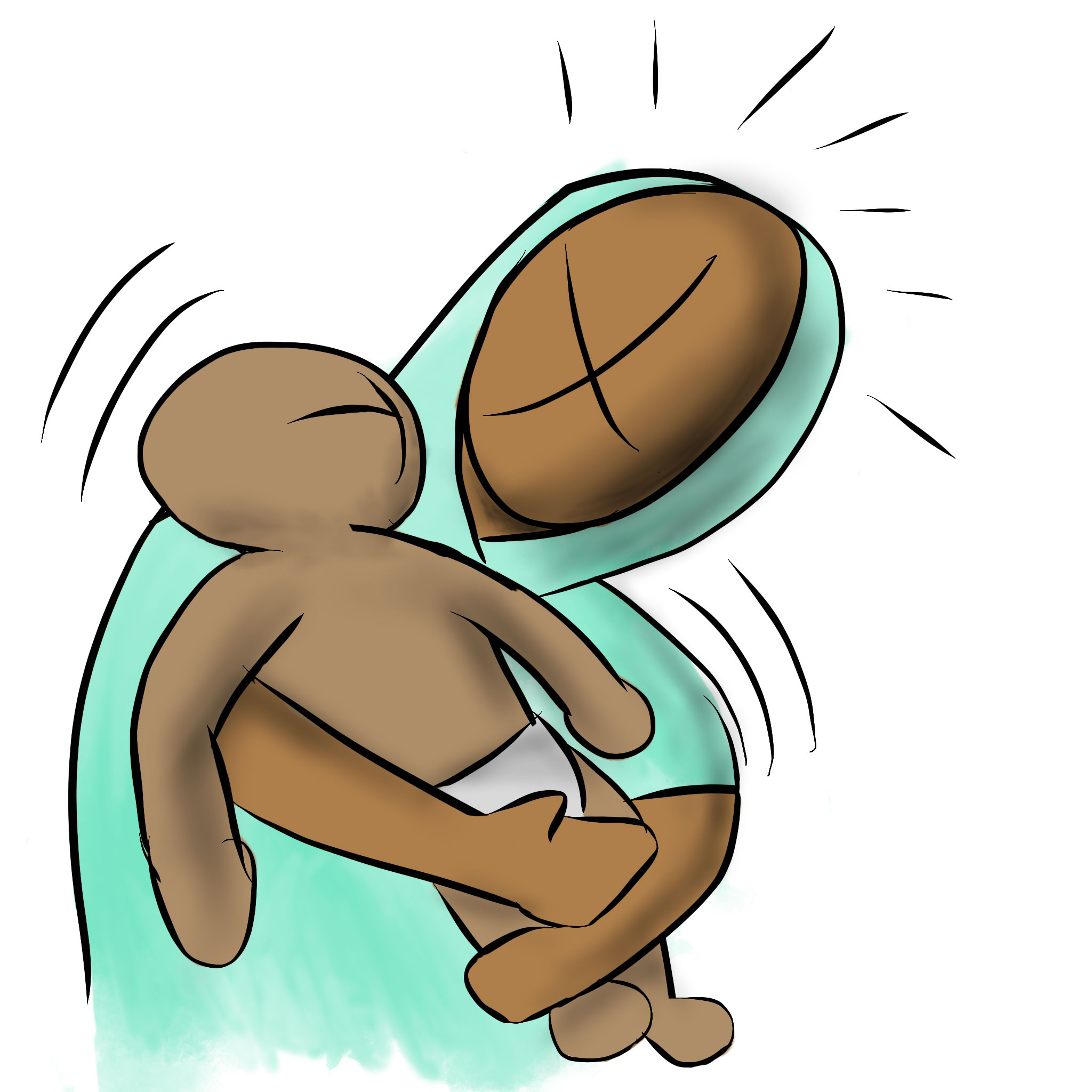
Records for Life Contest is an initiative of the Bill & Melinda Gates Foundation.
We were named a top 10 finalist from more than 300 entries from 41 countries. Our entry was awarded an honorable mention for our innovative digitalization strategy and the design of its unique form factor.
The 10 finalists were reviewed by Melinda Gates, Co-Chair, Bill and Melinda Gates Foundation; Margaret Chan, Director-General, World Health Organization; Anthony Lake, Executive Director, United Nations Children’s Fund; Walt Orenstein, Associate Director, Emory University Vaccine Center and former Director of the United States Immunization Program; Robert Fabricant, Vice President of Creative, Frog Design; and Jocelyn Wyatt Co-Lead and Executive Director , IDEO.org. Based on their final selection, the grand prize winner was announced at the international Interaction Design Association Conference in Amsterdam.
Concept
For the poor, a framed photograph is a luxury few can afford. Incorporating a simple photo and frame into the health record will change how caregivers perceive and use the record in daily life.
The prototype features a simplified calendar and immunization schedule, and is optimized for clearer data entry, extensibility and digital ingestion by clinicians and survey workers.
By transforming a bland, but critical document into a delightful and useful tool, caregivers will keep the health record close at hand.
The rugged little health record, proudly on displayed at the center of family life, will serve as an accessible tool to track developmental milestones and as a persistent reminder for upcoming clinic visits.
Our goal was to develop a product that not only simplified the immunization record for low-agency/low-literacy users, but created an emotional bond to the record through the use of a personal photograph of parent and child.
'Picture of Health' was a submission for the Bill and Melinda Gates Foundation's "Records for Life" design contest. The goal of the challenge was to develop a prototype health record for the developing world that served a unique set of users and pain points.
I collaborated on the project with a visual designer, my friend and colleague, Umberto Fusco. Umberto beautifully rendered a gorgeous physical prototype and developed the graphic design for the record. I really couldn't be prouder of the result.
I led the project and developed the concept and user experience. I also specified the materials, roughed out the storyboards and sketches and wrote user narrative and submission.
Introduction
Controlling the spread of preventable diseases and avoidable health outcomes in children is the result of millions of small choices made by families every day. We designed “The Picture of Health” to represent a “flash-bulb” moment that captures the joy, hope, and anxiety of new parenthood. The Prototype establishes an emotional connection to the health record by reflecting the intimate bond between parent and child. The health record, masquerading as a family photo, will encourage small behavioral shifts in caregivers. This will result in better health outcomes for children, improved efficiencies for health workers, and data capture for governments and NGOs.
Caregiver Service Narrative: Mita, Rajib, and Rana
Mita and Rajib are proud new parents of Rana, a baby boy born in rural Bangladesh. A few days after Rana’s birth, the family travels to a nearby health clinic to begin Rana’s immunization.
After arriving at the clinic, the health workers grab a new health record off a nearby shelf and use a simple smartphone app to scan the barcode on the first page of the booklet.
While the workers interview Rajib and fill out vital statistics in the record, a clinic worker takes a photo of a proudly smiling Mita holding her new son. The small instant photo is ejected from the top of the camera, and inserted into the front cover of the health record while it develops.
The clinicians flip to the first page in the record, marked with a large, yellow number “1”. After filling out the date of vaccination,
the workers scan the corresponding barcodes for the three vaccines being administered that day and check the box next to each barcode. The worker makes any notes in the space provided. The worker flips to the vaccine calendar on the first page, sets a date for visit #2 by writing it above the #2 on the calendar, and in the “return date” field on the corresponding #2 page.
Once the first vaccines have been administered, a clinic worker explains the materials in the health record to the parents. Mita and Rajib have no formal education, but understand rudimentary number concepts and counting. The worker explains how the simplified calendar works, and demonstrates how each unit within the calendar represents a week, with every four blocks representing a month/ lunar cycle. He points out each color and number coded visit within the vaccination protocol that corresponds to a specific page within the record. Mita and Rajib only need to remember which visits and pages have been filled out if the record becomes lost, or is left at home at the next visit.
After explaining the vaccine record, the health worker removes the Velcro® strips binding the record and reveals the illustrated timeline on the reverse side. He explains how the timeline illustrates what Mita and Rajib can do to keep Rana healthy. He calls out the feeding timeline and weight chart, as well as when the new parents can expect certain developmental milestones.
The worker re-folds the record, returns the Velcro® hinge, and demonstrates how the frame will stand on its edge. Mita and Rajib are delighted to see the photo on the front cover and are encouraged to proudly display the photo at home. They are reminded of the return date, and told and to bring the record to each clinic visit.
At home, Mita conspicuously displays the record near where she works in the main room. It is a source of pride, reminds her of future clinic visits, and serves as a reference to track Rana’s development. Mita maintains breastfeeding for nine months, slowly transitioning Rana to normal foods over the course of the next 18 months.
When Rana is 4 months old, the roof leaks in a storm, and the record gets wet and oily. Distraught, Mita cleans off the record and happily finds it only slightly stained by the oil. The water just runs off the Tyvek®, and even the photo, which is developed within a plastic substrate, is unharmed.
The family returns to the clinic for regularly scheduled visits. On visit five (9 months), Rana is given an additional vaccine for cholera. Mita is told she must return in six weeks for the second dose. Workers make a note in the record and record the dose on one of the two blank immunization pages at the end of the record. A new visit is set for the second cholera dose, and is recorded on the remaining extra page at the end of the record. The return date is marked on the calendar.
After 15 months, Rana completes his scheduled vaccine protocol, but Mita keeps the record within the home as a treasured memento for years to come.
When Rana is three years old, the national health survey comes to his home. The surveyor interviews Mita and reviews the health record still on display. The surveyor uses a camera-equipped smartphone and app to scan the barcodes in the record for every vaccine administered. This data will be used to verify data that may have been gathered at the clinic, and to inform national health policy.
The timeline on the reverse side of the record is designed to enable the user to process several layers of information simultaneously. The user can glance at the illustrations of psychomotor developmental milestones and cross-reference them with the child’s age (in months) along the bottom row. Scheduled immunization visits are also displayed along the 24-month timeline, contextualizing the complete program and its intervals for the caregiver. Finally, a color-coded, gender-neutral, healthy weight scale is provided to illustrate and chart the child’s targeted rate of growth over time.
Photographs and Material Considerations
Among poor, low-agency populations, printed photographs that can be held and proudly displayed are an extravagance. Digitally printed photos rely on expensive equipment, reliable electrical grids, as well as paper and inks that will not survive the harsh environments where this record will serve. We addressed these constraints by choosing a simple, inexpensive instant photo solution. The prototype is designed around a Fujifilm instant photo system consisting of a modest, durable, plastic “point-and-shoot” camera and shelf-stable film packs stored in waterproof foil pouches. The resulting color images develop in minutes with no special processing, within a sealed plastic substrate.
The prototype record is constructed from waterproof PVC cellular board, Velcro®, and an interior length of “Z-folded” Tyvek®. Tyvek® is inexpensive, waterproof, oil resistant, tear-proof, and retains most inks and pencil indefinitely. It is commonly used in applications ranging from shipping envelopes to construction materials, where durability and extreme weather resistance are critical.
Ease of adding new information:
The prototype was designed to fit comfortably within the arm span of an average adult when fully extended. However, additional panels for unanticipated vaccines or an extended regimen could easily be accommodated without changing the fundamental organization of the record.
The two supplemental pages in the prototype are designed to allow extra space for notations or additional vaccines. The Z-folded Tyvek® allows for a very efficient use of space, utilizing more surface area within the document to record information and notes. The simplified calendar spans the course of 18 months and easily allows clinicians to add appointments for follow-up visits.
The hinge configuration and printing orientation can easily be reversed and printed for countries that use languages that read from right-to-left such as Persian or Arabic, without changing the fundamental information hierarchy of the record.
Digital transition: retroactive data entry
The health record is pre-printed with serialized barcodes, based on the Code 128 standard. We chose Code 128 barcodes for their broad support, information density, and the functionally unlimited number of codes that can be generated (important in nations such as India or Indonesia). Code 128 barcodes are also simpler than newer standards, enjoying near-ubiquitous support by scanners, cameras, and OCR (optical character recognition) applications.
Our digitization strategy relies on barcodes for two main reasons. Barcodes are a well-established, stable, and cost-effective technology. Barcodes are also extremely simple for end-users to understand and use, and would allow governments to transition quickly to digital records through incentivized crowdsourcing.
A recent wave of new, low-cost smartphones is fueling an unprecedented adoption of new technology in the developing world. Governments, working in partnership with local telecom companies, would provide small bounties of airtime or micropayments to end users in exchange for digitizing barcode-enabled records in the local community. This would be facilitated through the introduction of a purpose-built, free app.
The app would allow any compatible phone with a camera to digitize a record through a sequence of barcode scans, photos, and simple data entry. The data would be uploaded to a cloud based-service, similar to Amazon’s “Mechanical Turk” where the data capture could be quality checked by other users (also using the app) for accuracy and completeness. The serial numbers of the records would be cross-referenced with the pool of known health records printed to prevent fraud, duplication, or bad entries.
Digital transition: visualization of data
“The Picture of Health” prototype relies heavily on visual metaphor and illustration to make data-related concepts clear. Numerical and color relationships are used throughout the record as well as a developmental timeline to temporally anchor the immunization program to specific events and developmental milestones.
For low-literacy populations who may struggle with abstractions such as calendars, dates, and standardized weights and measures, temporally anchoring the immunization program in a simplified calendar and illustrated developmental timeline, makes complex concepts (such as the optimal duration of breastfeeding before introducing solids) clearer.
The timeline on the reverse side of the record is designed to enable the user to process several layers of information simultaneously. The user can glance at the illustrations of psychomotor developmental milestones and cross-reference them with the child’s age (in months) along the bottom row. Scheduled immunization visits are also displayed along the 24-month timeline, contextualizing the complete program and its intervals for the caregiver. Finally, a color-coded, gender-neutral, healthy weight scale is provided to illustrate and chart the child’s targeted rate of growth over time.



